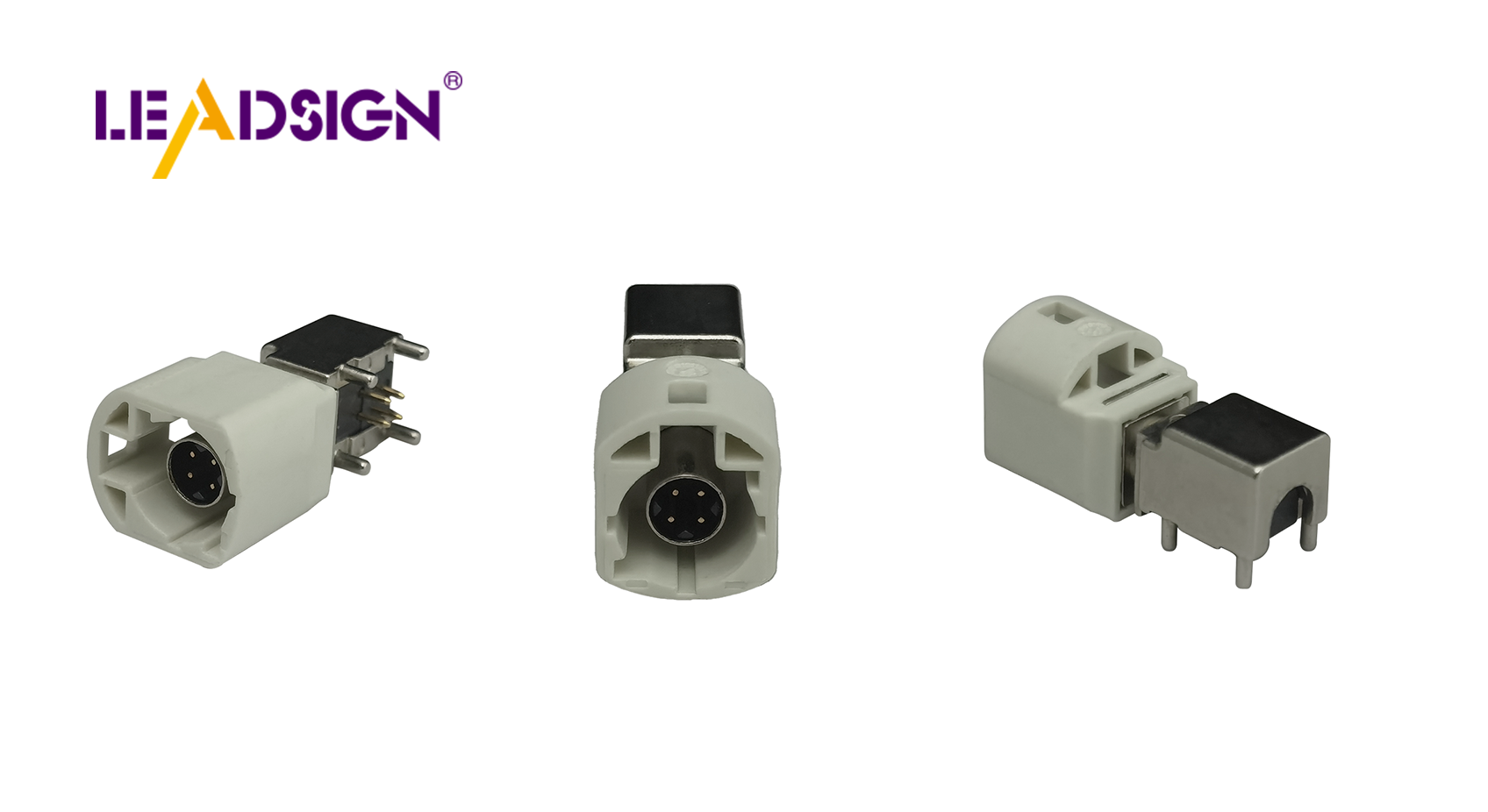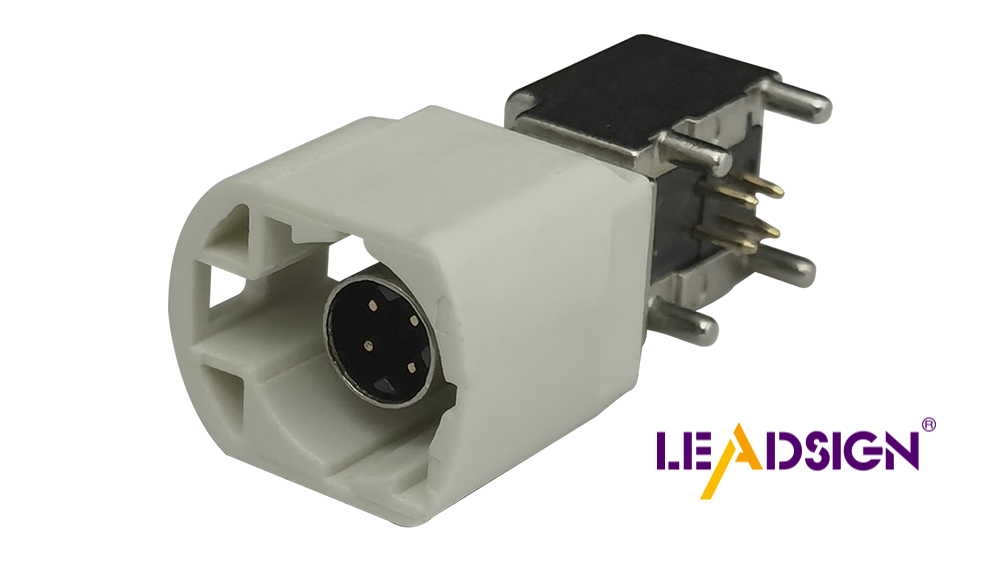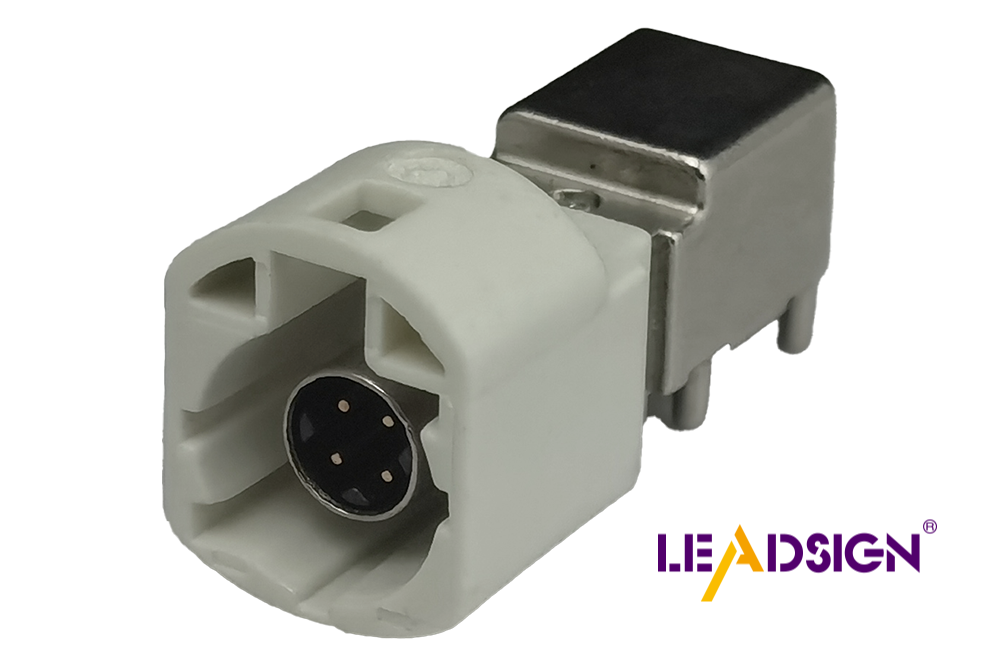Comparing Automotive Wiring Connector Types

Automotive electrical connectors types are crucial for the proper functioning of vehicles. They play a vital role in transmitting power and signals essential for various car components. With the evolving automotive landscape, the demand for advanced connector types is increasing. In the United States, the automotive electrical connectors market is projected to grow by 2.1% annually between 2024 and 2030. It is essential to evaluate and compare the different types of connectors available to determine the most suitable ones for specific applications in the automotive industry.
Overview of Automotive Wiring Connectors
Definition and Purpose
What are automotive wiring connectors?
Automotive wiring connectors are key parts in car electrical systems. They help connect wires, making sure electricity flows safely. These connectors come in different types, like wire-to-wire connectors, which link many wires. This type is often used in car wiring harnesses where lots of wires need to join together or connect to other parts.
Why are they essential in vehicles?
Wiring connectors are vital for keeping a car's electrical system working well. They make sure power and signals move smoothly through the vehicle. Without them, the system might fail, causing safety problems. The need for new features like crimples terminals and quick-connect terminals shows how important these parts are in today's cars.
General Features
Common materials used
Car wiring connectors use strong materials to handle tough conditions. Many use eco-friendly stuff, with copper often used for its good electricity flow and rust resistance. Automotive waterproof wire connectors show this by using precise copper coating for strength and safety.
Standard design considerations
Designing car wiring connectors focuses on being reliable and easy to use. They must resist chemicals and things like water and dust. The automotive terminal connectors area leads because of better heat control and shake resistance needs. As cars get more advanced, connector designs change to fit electric cars (EVs) and hybrids, focusing on being strong and lasting long.
Types of Automotive Electrical Connectors

Blade Connectors
Specifications
Blade connectors come in different sizes for various wires. This ensures they work with many car electrical connectors.
Applications
Blade connectors are used a lot in cars because they are simple and reliable. You often find them where parts need to disconnect often, like fuse boxes and relay panels. Their design makes them easy to install and remove, perfect for places needing frequent maintenance or changes. They are also used in lights, audio gear, and other parts needing secure but easy-to-reach connections.
Pin Connectors
Specifications
Pin connectors have a thin, round shape like a pin. They connect wires securely between parts. Made from strong metals like stainless steel or nickel-plated brass, they resist wear and the environment well. Their design supports different current levels, making them useful for many car uses.
Applications
Pin connectors are common in car systems where strong connections matter most. You see them in engine controls and sensor links where accuracy is key.
Butt Connectors
Specifications
Butt connectors join two wires end-to-end using simple tube shapes. Made from copper or aluminum, they conduct electricity well and last long. An insulated cover protects against moisture and the environment for safe connections over time. Butt connectors come in sizes to fit different wires, suiting many car electrical connector needs.
Applications
Butt connectors are mainly found in car wiring harnesses joining wires firmly together permanently—ideal for lights or power networks not needing disconnection often due to their straightforward design allowing quick setup by pros or DIYers alike; they're handy during repairs too when splicing wires easily is needed.
Ring Connectors
Specifications
Ring connectors are important in car wiring. They have a round metal ring with a hole. This lets them fit tightly on bolts or screws. They are made from copper or brass, which conduct electricity well and don't rust easily. The ring shape gives a strong hold, perfect for jobs needing reliability. Some have covers to protect from weather, making them last longer.
Applications
Ring connectors are used a lot in cars because they connect well and stay put. You find them in battery ends and grounding spots where strong links matter most. Their design works well in places that shake, like engines. They're easy to put on with nuts or bolts, so both pros and DIYers like using them for car work.
Comparing Connector Types

How Strong and Reliable Are They?
What Makes Them Last Long?
How long car connectors last depends on a few things. The stuff they're made from is important. Connectors made of copper or brass don't rust easily, so they last longer. Weather also affects them. If connectors face wet or hot places, they need to be strong to survive. Connectors for Harsh Environments have special covers to keep them safe.
How Do They Compare in Being Reliable?
Different connectors are reliable in different ways. Ring Terminals stay tight because of their shape. Once you attach them, they hold firm, even if things move or shake. Blade connectors are easy to use but might not be as secure in tough spots. Pin connectors work well where exactness is needed, keeping systems running smoothly.
How Easy Are They to Put In?
How Do You Install Each One?
Putting in each connector type is different. Blade connectors slide in quickly for fast setup. Pin connectors need lining up right for a snug fit. Butt connectors join wires by squeezing them together end-to-end. Ring connectors go onto a bolt or screw for a steady link.
What Tools Do You Need?
Each connector needs its own tools. Blade connectors usually need pliers to hold tight. Pin connectors might need special tools for perfect placement. Butt connectors use crimping tools to make sure they're tight enough. Ring connectors often need a wrench or screwdriver to lock them down.
Thinking About the Cost
How Much Does Each Type Cost?
Car connector prices differ by type. Blade connectors are cheap and good for simple jobs, so people like them a lot. Pin connectors cost more because they're made precisely. Butt connectors are priced in the middle, giving good value and function both ways. Ring connectors also fall into the middle range due to their strong build.
Is It Worth the Money?
When thinking about money spent, look at both price now and savings later on. Blade connectors are cheap but might cost more if you replace them often. Pin connectors cost more upfront but save money with less fixing needed later on. Butt connectors give good value when you want wires joined forever without fussing again soon after setting up once only; ring ones fit tightly too—saving repair money by stopping loose links.
Picking the Right Connector
Choosing the right car connectors needs careful thought. The best choice makes sure car systems work well and last long.
Things to Think About
Weather Conditions
Car connectors must handle tough weather. Strong plastics and mixes make them last longer and stop rust. Sealed connectors keep out water, dust, and dirt, making them reliable in hard places. For example, engine area connectors must take high heat and fluids.
Power Needs
Power needs decide which connector to pick. Makers give details on power things like how much current they can handle. Connectors made from metals like phosphor bronze or beryllium copper conduct electricity well and last long. Knowing these details helps pick connectors that meet power needs for each use.
Selection Tips
Checking Fit
Checking fit is key when picking connectors. Different types have special features and limits. For instance, pin terminals stop wires from fraying, making them strong, while bullet connectors need the right wire size for tight links. Looking at these traits ensures the connector fits its job.
Asking Experts
Talking to experts gives good advice on picking connectors. They know about different types and how they're used. They can suggest good choices based on what you need, ensuring the chosen ones work well. Experts also help understand tricky technical details.
Extra Help
Articles You Might Like
Articles on car wiring systems
Understanding Automotive Wiring Systems: This article explains car wiring systems and their parts. It shows how these systems work with new car tech.
The Evolution of Automotive Wiring: Learn about the history of car wiring systems. This piece shows big changes and their effect on today's cars.
Innovations in Automotive Wiring Technologies: Find out about new ideas in car wiring. This article talks about new stuff that makes cars work better today.
Guides for putting connectors in
Step-by-Step Guide to Installing Automotive Connectors: This guide shows you how to put in different car connectors. It gives tips for making strong connections.
Common Mistakes in Connector Installation and How to Avoid Them: Discover common mistakes when putting connectors in and how not to make them. This guide helps make sure your work is good.
Tools and Techniques for Automotive Connector Installation: Learn about the tools you need for putting connectors in right. This guide stresses using the correct tools for each connector.
Different car wiring connectors help cars work better and stay safe. New types like fast and sealed connectors make them more reliable. Picking the right connector means thinking about how strong it is, how easy it is to put in, and how much it costs. As car technology changes, knowing about these parts is important. It's good for readers to learn more from other sources to keep up with new ideas in car connectors and wiring. This helps make smart choices for car use.
See Also
Understanding HSD Connectors in Automotive Technology
Discovering Advantages of Fakra Auto Connectors
Significance of Fakra Connectors in Modern Cars

